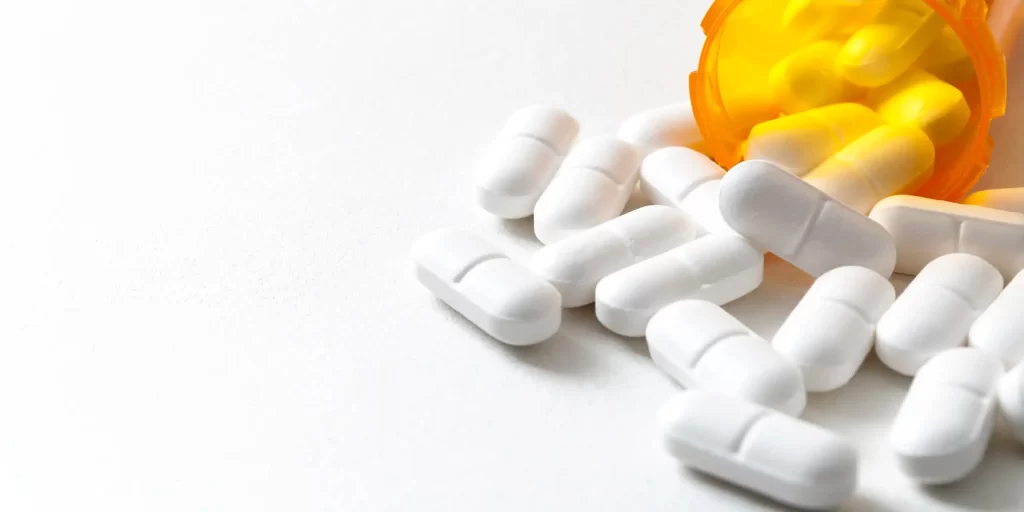
People who experience serious injuries or chronic pain have likely used opioids to help manage their pain. Opioids are a class of drugs used for severe pain and include drugs like fentanyl, oxycodone, codeine, morphine and others. Opioids are highly addictive and often abused, and misusing them comes with serious risks.
The length of time that opioids stay in your system depends on the specific opioid in question and individual characteristics that affect how the body breaks down the drug. It’s important to consider how certain factors — like age or pregnancy — change the way the body processes opioids.
Duration of Opioid Effects
The effects of opioids vary. Opioids that might be administered at a hospital, like morphine or oxycodone, might be readministered every three to four hours. Fentanyl patches can last much longer — some for up to three days — but can be dangerous for people who haven’t taken opioids before.
The painkilling effects of opioids can last a couple of hours to nearly a day. The rate at which opioids will need to be readministered depends on the type of drug and how quickly a person metabolizes opioids.

It's time to get your life back.
If you are struggling with addiction and co-occurring mental health, our expert team is here to guide you every step of the way. Don’t wait— reach out today to take the first step toward taking control of your life.
Opioid Half-Lives
The half-life of opioids depends on the specific type of drug. There are short and long-lasting opioids, and the half-life of these drugs can range from under an hour to 36 hours.
Drugs that are usually medically administered as painkillers, like morphine, have a half-life of around 90 minutes. Fentanyl, on the other hand, is a much longer-lasting opioid with a half-life of 8–10 hours. Methadone is one of the longest-lasting opioids, with a half-life of up to 36 hours.
Importantly, the rate that opioids leave the body depends on a person’s opioid tolerance. A safe dose for one person could be toxic or deadly for another.
Opioid Screening Detection Times
Because different people react differently to opioids, drug detection times can also vary. After taking opioids, the substances are broken down and excreted from the body. This can happen at different rates, and each detection method can detect use during a unique time period.
Urine
Urine is a common and useful drug detection method for opioids, as this is how opioids are excreted from the body. Opioids in urine tests can usually identify opioid use within the previous two to four days.
Blood
Opioids only stay in the blood for a relatively short time after use, so testing opioid levels using blood tests isn’t the best or most reliable method. Usually, opioids are detectable in blood tests for 12 hours or less.
Saliva
Saliva is a relatively new and less common way of testing for opioid use. Opioids are detectable in saliva for a fairly short period of time, usually between 24–48 hours.
Hair
Hair tests can be used to detect opioid use in the past weeks or even months. Testing for opioids can be done using hair follicles and offers the longest detection period. Opioids can be detectable in hair samples for one week to three months.
Factors Affecting How Long Opioids Stay in Your System
The length of time that opioids stay in your system depends on previous opioid use, genetics and individual characteristics. It’s difficult to predict how someone might react to opioids, so they are generally introduced at a very low dose.
Factors that can affect how long opioids stay in your system include:
- Frequency of use
- Age
- Amount used
- Overall health
These factors mean that there is no easy guide for dosing opioids. The prescription of opioids is closely medically supervised, and non-prescription or recreational use is extremely risky.
False Positives for Opioid Use
False positives on opioid tests are uncommon, but they can happen. A false positive might happen if someone is taking a prescribed opioid for a medical reason. In general, a false positive for opioids can be clarified by retesting.
In some cases, other medications or foods can trigger a false positive for opioids. This can include some antibiotics or poppy seeds that are derived from the same plant as opioids. A retest can exclude other causes for a positive result.
How Opioids are Broken Down in the Body
Opioid metabolism and excretion also depend on the specific drug. Most opioids undergo the first stage of metabolism in the liver before the drug is circulated around the body. This process makes it easier for the body to use the drug effectively. The second stage of opioid metabolism involves the process of breaking down the drug and attaching it to other molecules that make it easier to excrete from the body.
How opioids are metabolized in the body can vary from person to person. Taking too much of a slow-metabolizing opioid can lead to toxic levels in the body, which can cause severe illness or death.
If you or someone you love is struggling with an opioid addiction, The Recovery Village Ridgefield can help. Contact us today to talk through the treatment options available to you.

